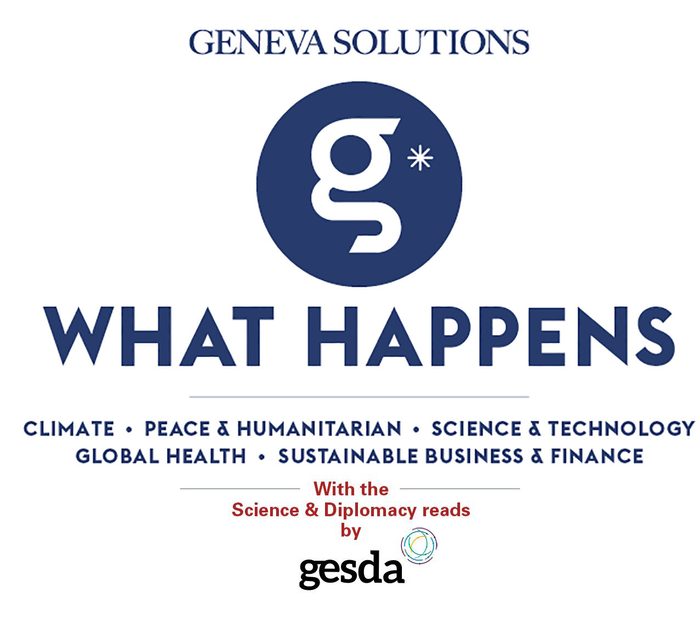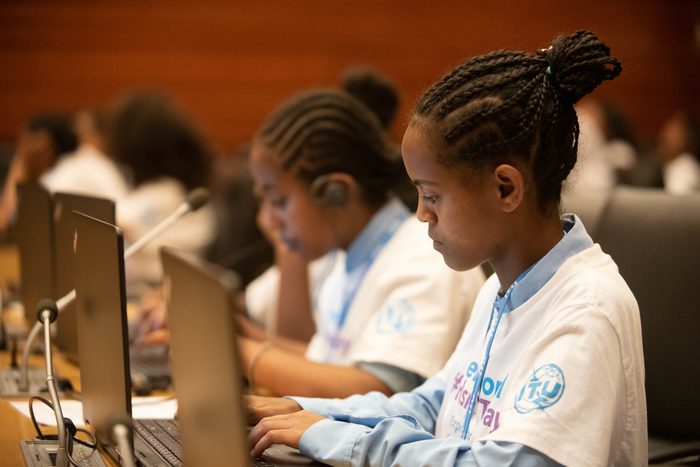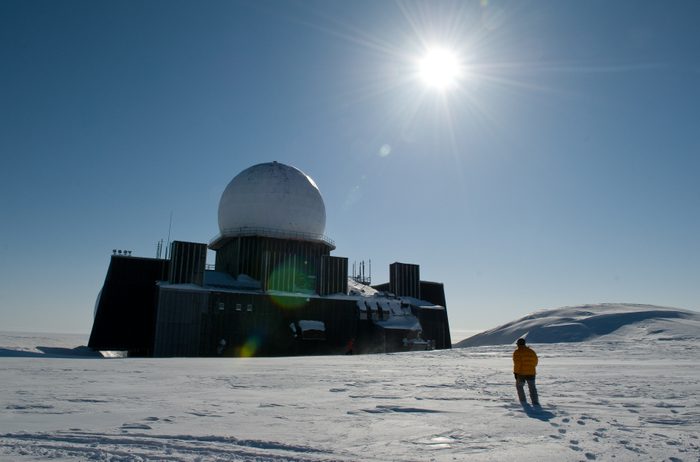|
The Arctic Council Ministerial Meeting,
which took place last week in Reykjavik, saw the signing of what the Chinese press agency Xinhua called a “major outcome”: the adoption of a first ten-year strategic plan for the region, reflecting “the shared values and joint aspirations of the Arctic States and the Permanent Participants, to advance sustainable development, environmental protection, and good governance in the Arctic, and restoring the position of climate change concerns in the agenda of the Council”. China, the biggest emitter country of CO₂ worldwide, is an observing member “only”, although the nation is also developing “prominent activities” in the high north and “playing a much more assertive role unilaterally”, as CNBC puts it, quoting a Russian official.
This environmental issue adds to others, also expressed at the meeting, “about some of the recent military activities in the Arctic”, said US Secretary of State Antony Blinken. The meeting came as Russia’s extensive development of an airbase at Nagurskoye is causing concern in the West, recalls Euronews (read below).
These news pieces reminded me of my trip to Greenland in 2008, during which I had the exceptional chance to visit DYE-2 station, one of the many long-range radars installed by the US in the Arctic during the Cold War. In 1988, this dome-station was abandoned in a snapping-finger instant – literally! –, its occupants leaving milk packs and beers in the kitchen fridges and balls on the snooker table.
Hopefully, the Arctic, a region that is definitely attracting a lot of attention, will not be the theater to another military escalation, so that western soldiers return to this station lost on the gigantic ice-cap as quickly as they left 33 years ago.
– Olivier Dessibourg
|











